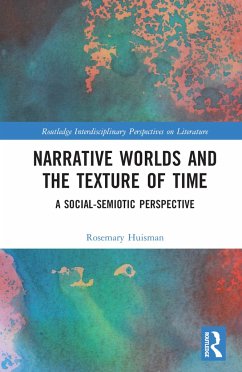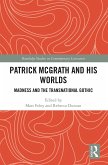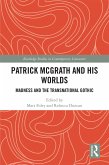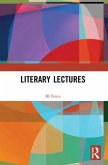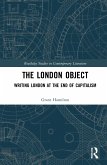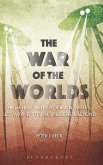This book brings together a model of time and a model of language to generate a new model of narrative, where different stories with different temporalities and non-chronological modes of sequence can tell of different worlds of human - and non-human - experience, woven together (the 'texture of time') in the one narrative. The work of Gerald Edelman on consciousness, J.T. Fraser on time, and M.A.K. Halliday on language is introduced; the categories of systemic functional linguistics are used for detailed analysis of English narrative texts from different literary periods. A summary chapter gives an overview of previous narrative studies and theories, with extensive references. Chapters on 'temporalization' and 'spatialization' of language contrast the importance of time in narrative texts with the effect of 'grammatical metaphor', as described by M.A.K. Halliday, for scientific discourse. Chapters on prose fiction, poetry and the texts of digital culture chart changes in the 'texture of time' with changes in the social context: 'narrative as social semiotic'.
"Rosemary Huisman's absorbingstudy draws on a wide and eclectic range of thinkers, to construct her own account of how people and their narratives experience or negotiate time: its texture, its passing, its inexorable force. Her commentary is in fruitful dialogue with the likes of Whorf, Edelman, William James, and the systemic functional linguistics of M.A.K. Halliday. Central to the discussion is J. T. Fraser's thesis that 'time felt' and 'time understood' are profoundly distinct but interacting phenomena. Along the narrative arc of this study, we meet interesting commentaries on the temporal texture of some great narrative literature, including Middlemarch and 'Frost at Midnight', and contemporary poems by Louis Armand and Antigone Kefala."
-Prof. Michael Toolan, Emeritus Professor of English Language, University of Birmingham, UK
Rosemary Huisman's Narrative Worlds and the Texture of Time, a social-semiotic perspective is a very timely gift to social-semiotic scholarship - a brilliant, erudite transdisciplinary investigation of how we construe our experience of time by modelling it as meaning - including its manifestation as the texture of time in stories. This investigation is grounded in insights into the theoretical conceptions of different modes of time in an ordered typology of systems operating in different phenomenal realms, with reference to the pioneering work by J.T. Fraser on different orders of time but also to studies by other leading scholars from different disciplines concerned with aspects of temporality, including M.A.K. Halliday, B.L. Whorf., Vladimir Propp, Mikhail Bakhtin, Gerald Edelman.
-Prof. Christian M.I.M. Matthiessen, Distinguished Professor, School of Foreign Languages, Hunan University
-Prof. Michael Toolan, Emeritus Professor of English Language, University of Birmingham, UK
Rosemary Huisman's Narrative Worlds and the Texture of Time, a social-semiotic perspective is a very timely gift to social-semiotic scholarship - a brilliant, erudite transdisciplinary investigation of how we construe our experience of time by modelling it as meaning - including its manifestation as the texture of time in stories. This investigation is grounded in insights into the theoretical conceptions of different modes of time in an ordered typology of systems operating in different phenomenal realms, with reference to the pioneering work by J.T. Fraser on different orders of time but also to studies by other leading scholars from different disciplines concerned with aspects of temporality, including M.A.K. Halliday, B.L. Whorf., Vladimir Propp, Mikhail Bakhtin, Gerald Edelman.
-Prof. Christian M.I.M. Matthiessen, Distinguished Professor, School of Foreign Languages, Hunan University

